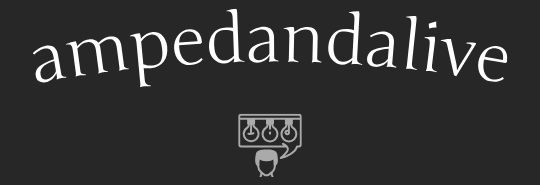Introduction
Digital art has revolutionized the way artists create and express themselves. With the right tools and techniques, beginners can unlock their creative potential and produce stunning digital artworks. In this article, we’ll explore essential tips for mastering digital art, covering everything from software selection to fundamental techniques.
Choosing the Right Software
The first step in mastering digital art is selecting the right software for your needs. There are numerous options available, ranging from professional-grade programs like Adobe Photoshop and Corel Painter to more accessible options like Procreate and Autodesk Sketchbook. Consider factors such as your budget, artistic style, and preferred features when choosing the software that’s right for you.
Mastering Basic Tools and Techniques
Once you’ve chosen your software, it’s essential to familiarize yourself with its basic tools and techniques. Spend time experimenting with brushes, layers, and blending modes to understand how they work and how they can be used to create different effects. Practice sketching, coloring, and shading to develop your skills and gain confidence in your abilities.
Understanding Layers and Blending Modes
Layers are a fundamental concept in digital art, allowing artists to separate elements of their artwork for easy editing and manipulation. Experiment with different layer arrangements and blending modes to create depth and complexity in your compositions. Learn how to use layer masks and adjustment layers to make non-destructive edits and fine-tune your artwork.
Exploring Color Theory
Color theory plays a crucial role in digital art, influencing everything from mood and atmosphere to composition and focal points. Familiarize yourself with basic color theory principles, such as complementary colors, analogous colors, and color temperature, to create harmonious and visually appealing artworks. Experiment with color palettes and saturation levels to evoke different emotions and convey your artistic vision.
Developing Your Style
As you gain proficiency in digital art, focus on developing your unique artistic style. Experiment with different techniques, subjects, and themes to find what resonates with you creatively. Don’t be afraid to take inspiration from other artists, but strive to put your own spin on things and create artwork that reflects your personality and vision.
Seeking Feedback and Learning from Others
Don’t hesitate to seek feedback on your artwork from peers, mentors, and online communities. Constructive criticism can help you identify areas for improvement and push your skills to the next level. Take advantage of online tutorials, workshops, and courses to learn new techniques and expand your artistic horizons. Remember that mastery takes time and dedication, so be patient with yourself and keep pushing forward on your artistic journey.
Experimenting and Pushing Boundaries
Above all, don’t be afraid to experiment and push the boundaries of your creativity. Digital art offers endless possibilities for exploration and innovation, so don’t limit yourself to conventional techniques or subjects. Embrace challenges, try new things, and don’t be discouraged by failure—every mistake is an opportunity to learn and grow as an artist. With perseverance and dedication, you can master the art of digital art and create truly extraordinary artworks that showcase your talent and vision. Read more about art tips digital

